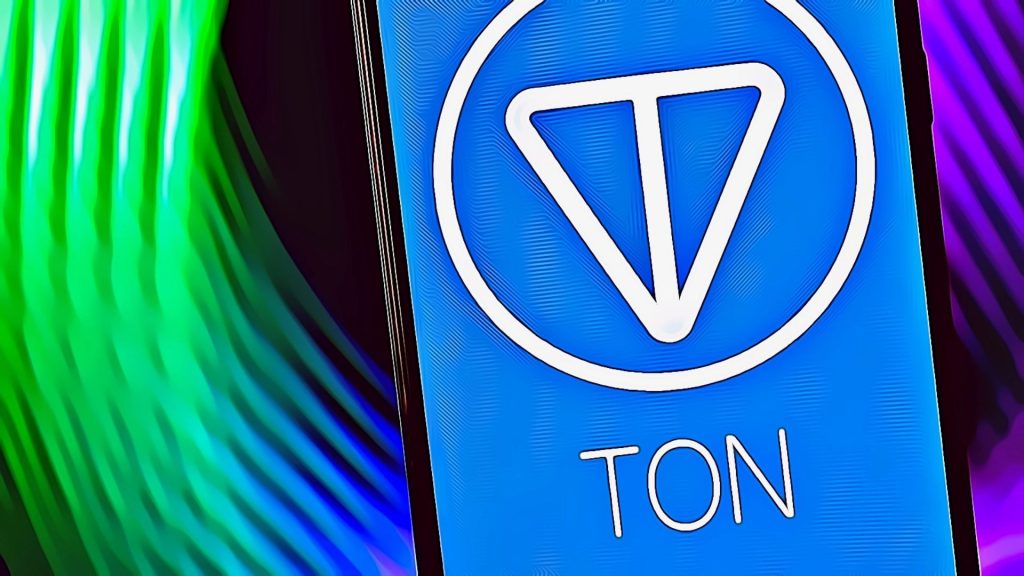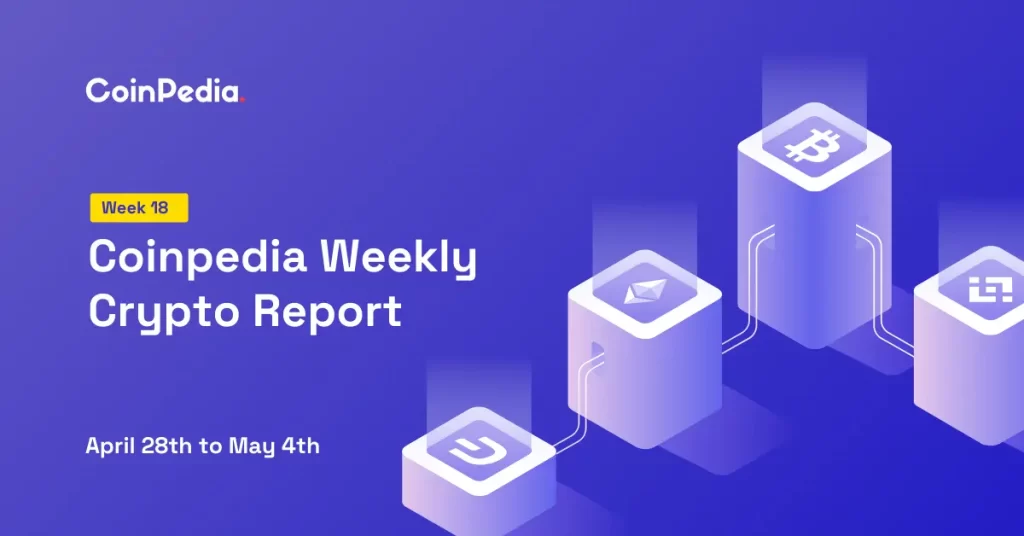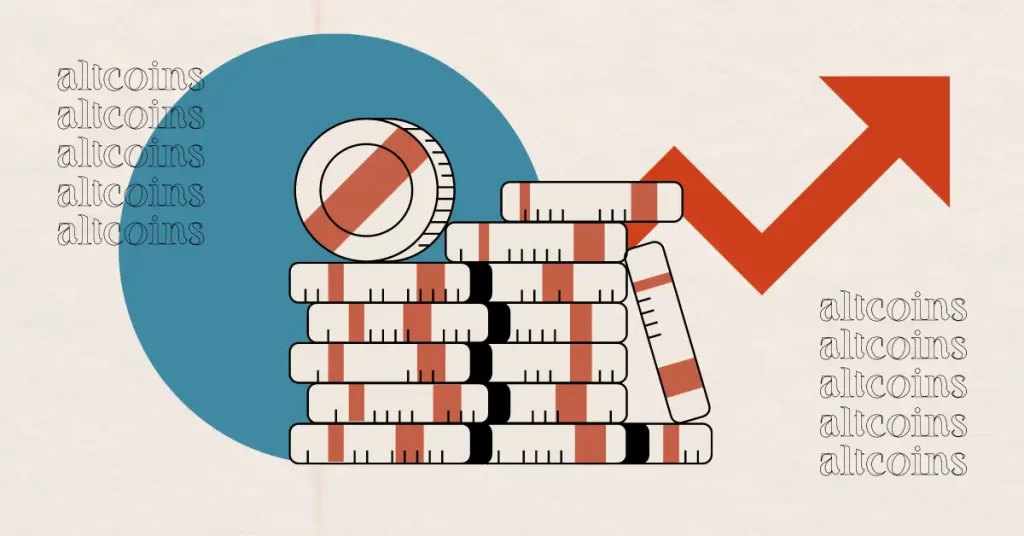Summary ATOM is the native token of Cosmos Hub. Despite a growing Cosmos ecosystem, ATOM and the Hub lack value capturing. The Cosmos Hub 2.0 provides four revenue sources for the Hub and value accrual for ATOM. However, the proposal was rejected by governance. The Hub 2.0 proposal will be split into several parts to be submitted for governance approval again. If successful, it will be an important catalyst for ATOM. Editor's note: Seeking Alpha is proud to welcome Edward Wu as a new contributor. It's easy to become a Seeking Alpha contributor and earn money for your best investment ideas. Active contributors also get free access to SA Premium. Click here to find out more » Cosmos Ecosystem And Cosmos Hub Cosmos (ATOM-USD) is best known as an interoperability solution for connecting multiple layer 1 blockchains. It is not a single blockchain, but rather a web of application-specific blockchains (called appchains) connected by IBC (Inter-Blockchain Communication protocol). Cosmos Hub is an appchain with its native token Cosmos used for transaction fees and staking, as well as a voting mechanism in governance. This is the first and also the largest appchain in the Cosmos ecosystem. Despite its size and its potentially important role, Cosmos Hub has historically not benefited from the growing ecosystem. The ATOM token lacks a value-accruing mechanism, and given that, taken together with its current inflationary nature, the token price performance has been lackluster. Cosmos Hub 2.0 Proposal In late September, a new white paper for Cosmos Hub 2.0 was released with four initiatives to empower the Hub and ATOM token. Those were Interchain Security, Liquid Staking, Interchain Scheduler, and Interchain Allocator. Among these, Interchain Security and Interchain Scheduler provide two new sources of reward for ATOM holders. Liquid Staking and Interchain Allocator provide additional services for the ecosystem. Cosmos Hub 2.0 White paper Interchain Security Appchains in the Cosmos ecosystem are independent PoS blockchains secured by validators who stake respective native tokens to validate transactions and produce new blocks. However, bootstrapping new validator sets is a challenging task. Interchain Security allows appchains to rent security from the Cosmos Hub, thus lowering the entry barrier for a new appchain. Appchains rent Cosmos Hub's verifiers for greater security by paying their native tokens as the service fee. ATOM holders who stake their tokens will receive appchain's native tokens as part of staking rewards in addition to the ATOM issuance reward. Rewards from staking ATOM in the future will include four elements: ATOM new issuance (i.e., inflation) Transaction fees - this part of the reward is minimal; total transaction fees paid by Cosmos Hub users are only $1 million per year Other App chains' native tokens by providing interchain security service Revenue from Interchain Scheduler Interchain Scheduler Interchain Scheduler is a solution for cross-chain maximal extractable value (MEV) by building a MEV market for the Cosmos ecosystem: MEV refers to the maximum value that can be extracted from block production in excess of the standard block reward and gas fees by censoring and/or changing the order of transactions in a block. When someone sends a transaction in the blockchain, there is a delay between the time when the transaction is broadcast to the network and when it is recorded into a block. During this period, transactions sit in a pending transaction pool called the mempool where contents are visible to everyone. Arbitrageurs can monitor the mempool and find opportunities to maximize their profits - e.g., by front-running transactions. MEV creates a bad user experience and leads to worse execution prices as a result of arbitrage activities. One popular way to solve this is to create an open market for MEV opportunities. Validators auction off the right to front-run users, selling block space to an open market of arbitrageurs. Arbitrageurs need to pay a fee to block producers to ensure their transactions get preferential treatment. The Interchain Scheduler is an interchain market that let arbitrageurs bid on block space across chains connected to the Cosmos Hub. By bidding block space on different chains, arbitrageurs can lock in profit with strong execution guarantees. Interchain Scheduler will then redirect fees generated from the cross-chain MEV marketplace to the Cosmos Hub treasury. Here's an overview of Cosmos Hub 2.0's revenue streams: Cosmos Hub 2.0 White Paper On the left-hand side in the above diagram, Interchain Security, transaction fees, new token issuance, and Interchain Scheduler are the four sources of revenue for the Cosmos Hub. Interchain Allocator is similar to a venture capital fund that deploys generated capital to bootstrap Cosmos DApps and other initiatives. Revenues will be either distributed to validators/delegators and the community pool, or to Cosmos Hub Treasury to fund public goods and future growth. Tokenomics ATOM is the native asset of Cosmos Hub. As with other proof-of-stake blockchains, validators stake ATOM to participate in the network consensus mechanism, validating transactions and proposing new blocks. Validators receive block rewards that currently include new ATOM issuance and transaction fees. In the future, block rewards will also include other appchains' native tokens from Interchain Security and revenue from Interchain Scheduler, as discussed above. Cosmos Hub targets a staking ratio of two-thirds of the total token supply for maintaining sufficient blockchain security. The annual ATOM issuance rate adjusts based on the staking ratio. If less than two-thirds of ATOM are staked, the issuance rate will gradually rise to 20% until reaching the targeting staking ratio. If the staking ratio is over two-thirds, the issuance rate will slowly adjust back to 7%. Cosmos Hub 2.0 seeks to change the ATOM issuance schedule in an attempt to capitalize the Cosmos Hub treasury up front and reduce the issuance rate in the long term. It proposes an initial one-time issuance of 4M ATON token to the treasury and another 10 equal tranches of 4M ATOM to occur annually, subject to separate governance votes. The long-term issuance rate is expected to decline to below 1% when new revenue sources generate enough traction. Why Was Cosmos Hub 2.0 Rejected By Governance? Cosmos Hub uses on-chain voting by ATOM token for any change in the blockchain. A quorum requires 40% of the total staked ATOM token to participate in a vote, and 50% of the token that participated in the vote needs to vote in favor of the proposal. There is also a "no with veto" option where if more than 33.4% of the vote goes to veto, the proposal is rejected even if there are enough votes for "yes." Cosmos Hub 2.0 got an unusually high turnout of more than 73% ATOM token participation in voting. The results were 47% pledged in favor, 37% voted no with veto, 13% abstained, and 1.8% voted no. The high voting participation highlights the importance of this proposal, and almost half of the token holders supported the proposal. In essence, most members who vote no with veto agree with most of the parts of the proposal. However, given the broad nature of the new Cosmos Hub 2.0 proposal, it's logical that even if one point in the proposal raises concerns, it will be hard to vote yes. Several important contributors to the Cosmos Hub suggested splitting the proposal into separate actionable proposals for the Cosmos Hub 2.0 vision to move forward. Risks The contagion effect could occur as the FTX (FTT-USD) collapse is in play, and the market is experiencing another round of deleveraging. Nonetheless, ATOM is still above the June low and has outperformed both Bitcoin ( BTC-USD ) and Ethereum ( ETH-USD ). The reason could be that ATOM is less used in DeFi as a collateral asset and avoids the selling pressure due to liquidation. Cosmos Hub has a unique proposition in the layer 1 blockchain landscape. It is not trying to compete directly with Ethereum. Instead, it's trying to build an ecosystem of appchains. In the long term, success will depend on Cosmos's ability to execute its roadmap. Unlike Ethereum, which is coordinated by the Ethereum Foundation and has Vitalik Buterin leading the development direction, Cosmos has widely dispersed groups of contributors, which means that sometimes it's difficult to achieve consensus in the Cosmos community. Takeaway Cosmos is one of the best blockchain projects in the industry, and plenty of analysis claims it could be the only real competitor to Ethereum. Cosmos Hub 2.0 offers a clear repositioning of the chain and provides solutions to the long-criticized problem of value capture. Although the proposal has been rejected, token holders generally support most of the content in the proposal. We will soon see a split version of separate proposals to be submitted for approval again. The approval of these proposals will be the most significant catalyst for ATOM.















